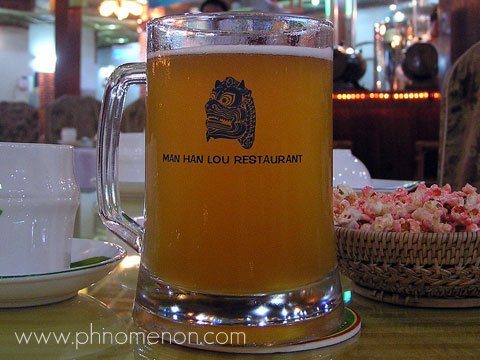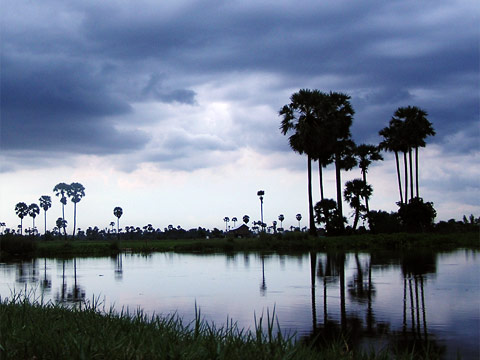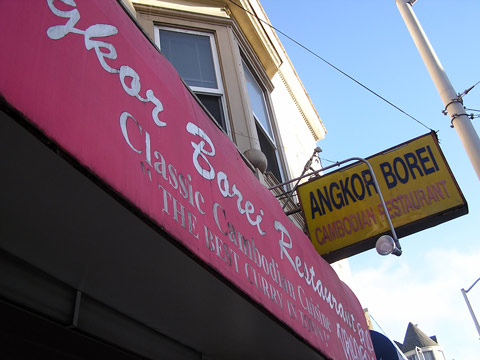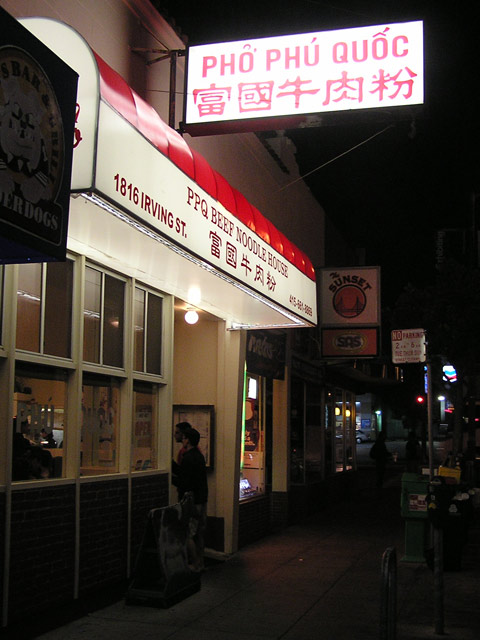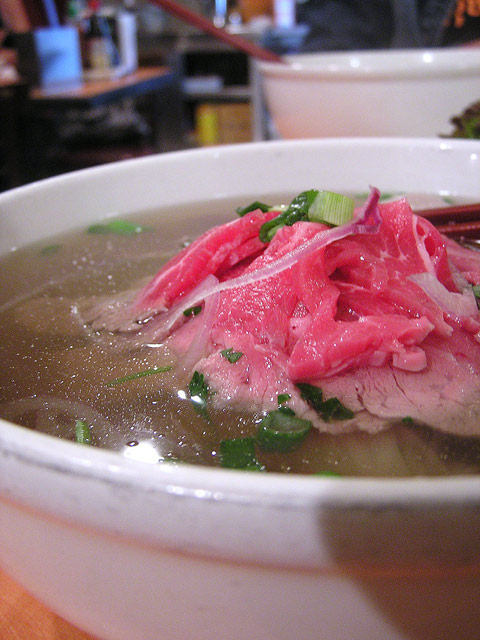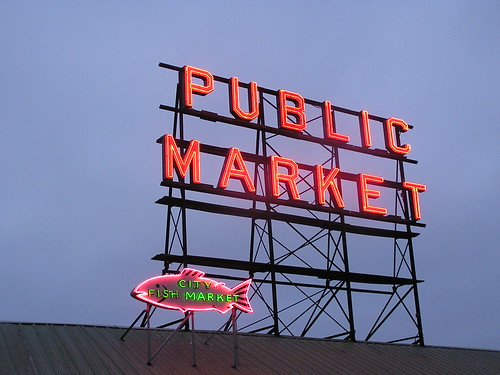Outside of Cambodia, Cambodians are practically invisible. When I tell people in Los Angeles that I live in Cambodia they tend to mention The Killing Fields movie rather than Choueng Ek; Princess Di’s work with landmines and Angelina Jolie.
When overseas Cambodians in the USA do get a mention, the press focuses on gang crime, deportations back to Cambodia and the high rates of post traumatic stress suffered by Cambodian immigrants. Issues that tend to get hidden rather than tackled. Unless you keep a close watch on the Khmer diaspora, places like Lowell in Massachussetts or Long Beach in Los Angeles, California have no special resonance.
Against this backdrop, having Anaheim St in Long Beach, between Atlantic and Junipeiro Avenue designated as “Cambodia Town” by the city council in July this year is a huge achievement in that it gives the existing Cambodian diaspora visibility. It literally places them on the map. It isn’t a town in any traditional sense; rather it is four lanes of traffic bounded by the occasional store with a sign in Khmer script amongst the local bodegas. If you didn’t know what Khmer script was, you’d probably confuse it for Arabic like the airport security at SeaTac did on my way into the USA. The surrounding suburbs hide almost 50,000 Cambodians.
After fishing around for some Khmer eating recommendations (Siem Reap Restaurant and New Paradise were discussed), we hit Sophy’s at one of the far ends of Cambodia Town. Sophy’s is both familiar and foreign: packed with Khmer people, black Landcruisers in the parking lot, tacky Angkor-Wat-from-the-reflecting-pool painting, Khmer 50s hits CD on permanent loop, cheapo aluminium soup bain maries. Their menu is filled with Cambodian comfort food with a small side business in Cambodian-style Thai, and the occasional Vietnamese dish that has drifted into the Cambodian vernacular (banh xeo, loc lac)
In a manner befitting Los Angeles, I was dining with somebody who’d finished up working on a show with both the words “makeover” and “extreme” in the title from where they’d recently moved into something that involves the trade in Third World islands. They’d never eaten Cambodian food before but were enthused when they discovered that Cambodia’s islands were up for grabs.
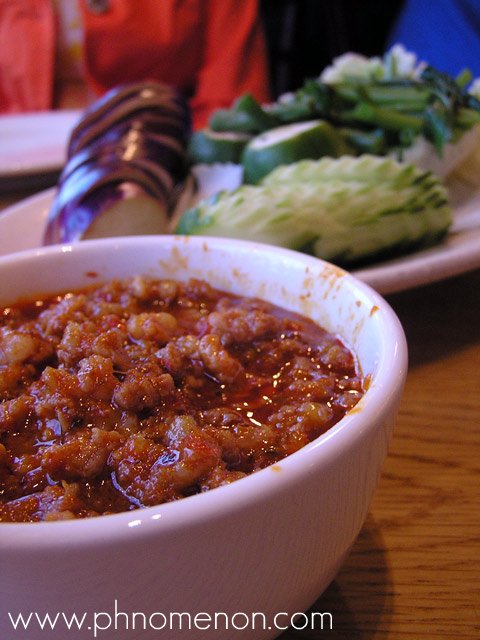
Prahok khtis, a Cambodian dip served with crudités was light on the prahok but heavy on the pork and salt; which much to my consternation, rated as the surprise hit of the meal amongst the American folk. I did neglect to mention that delicious fermented fish was the central ingredient.
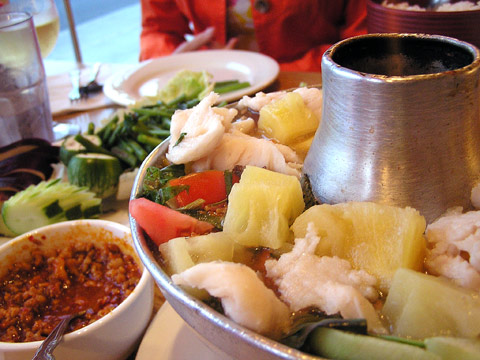
Samlor machou yuon (Vietnamese-style sour soup) was overflowing with fish, tomatoes, pineapple and loofah gourd with basil substituting for the Khmer maom leaf; hitting the right sour and salty notes. The deep-fried pomfret with chili (trei charb chien tuk mteis) was slow to arrive but well worth the wait, and by Phnom Penh standards, gigantic. Unlike Cambodia, the fish had been gutted rather than fried whole which I tend to prefer. Plear sach ko (beef salad) was a bit dull but beef-heavy in a way that speaks to Americans and their insane farm subsidy system. While Angkor Lager was on the menu, they’d run out and when the waitstaff discovered that I spoke a little Khmer, they plied me with free Singha beer so that I’d continue to perform tricks to the delight of eavesdroppers.
Location: Sophy’s Fine Thai and Cambodian Cuisine, 3720 E Anaheim St, Long Beach, CA 90804 Tel: (562) 494-1763

